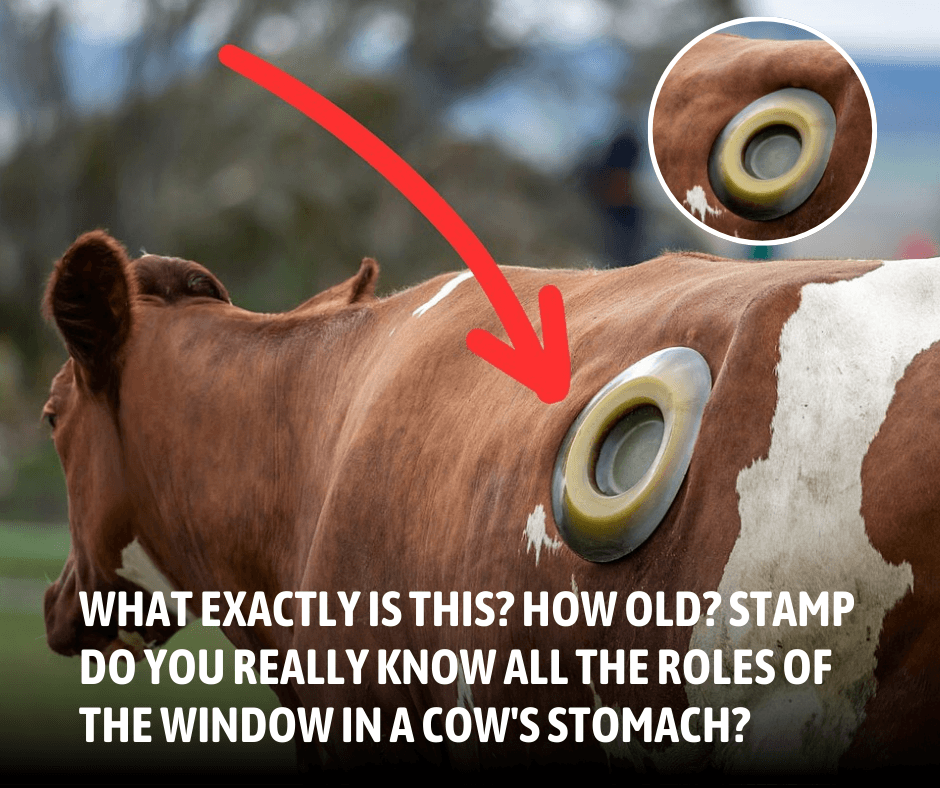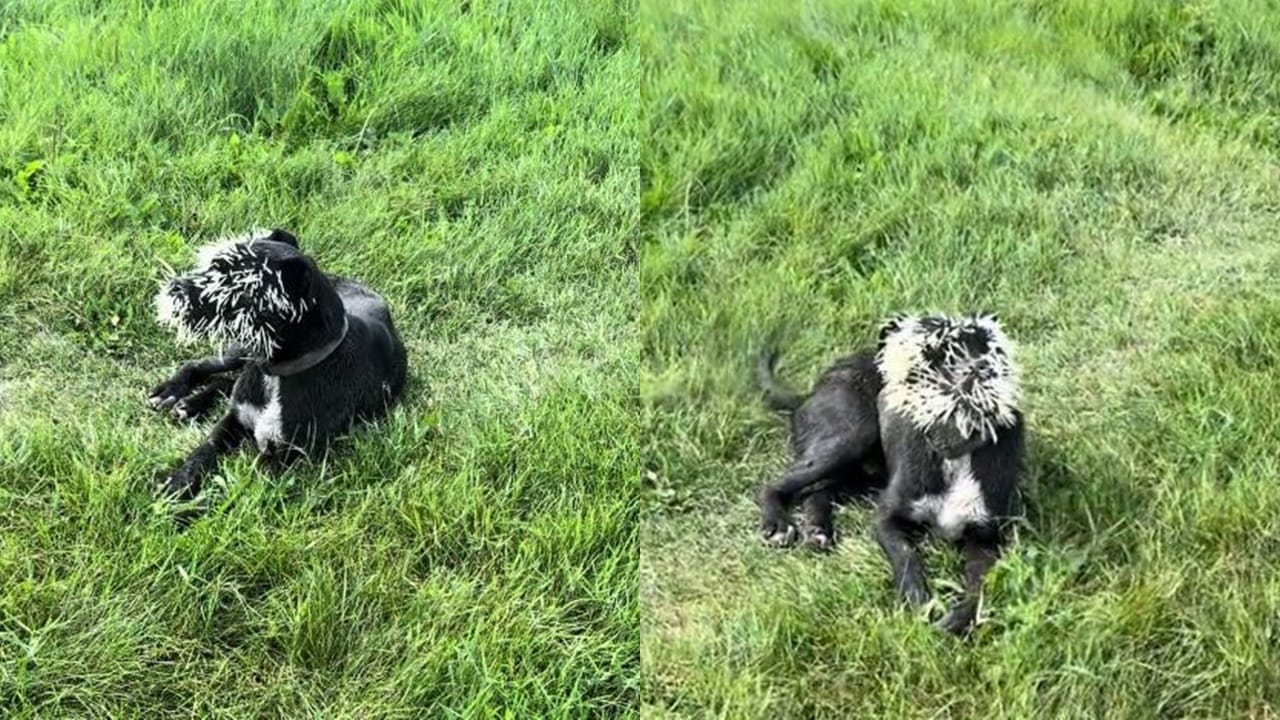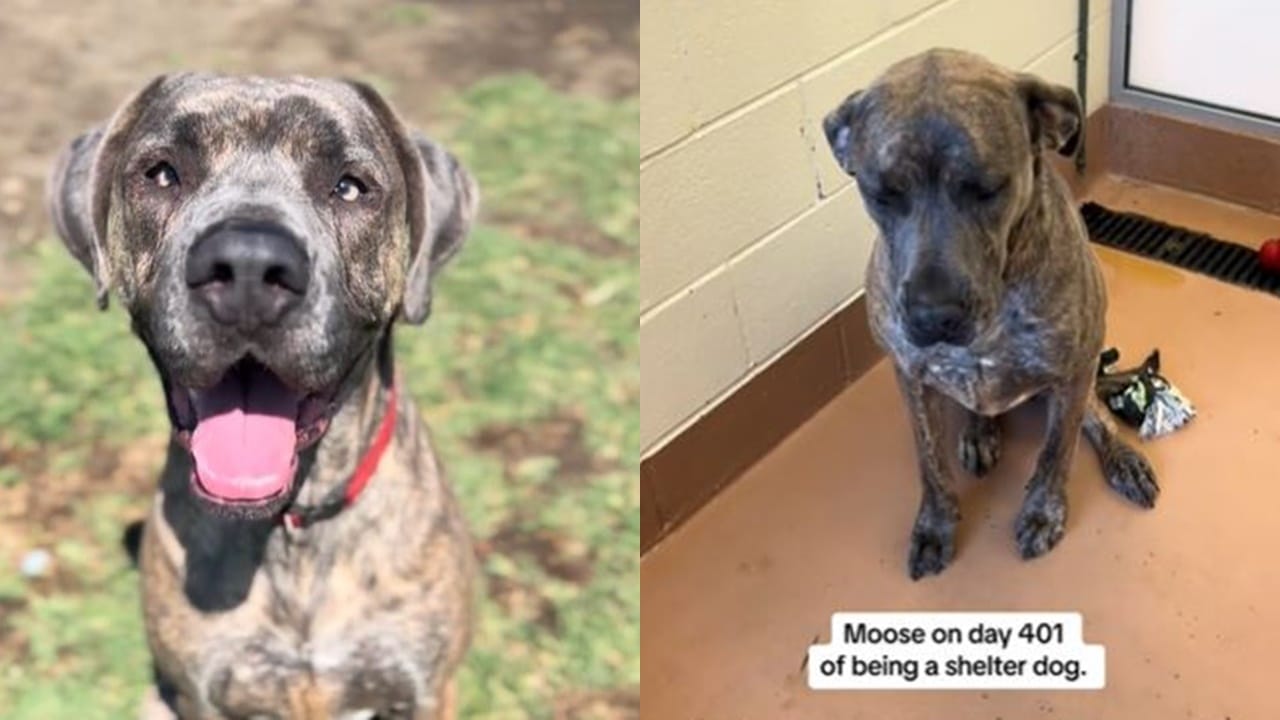Many people in America are discovering the important role of holes in cows’ stomachs, known as portholes or fistulas.
Many people in America are discovering the important role of holes in cows‘ stomachs, commonly known as portholes or fistulas.
These unique features play a crucial role in the digestive process of cows.
What do holes in cow’s stomachs are called?
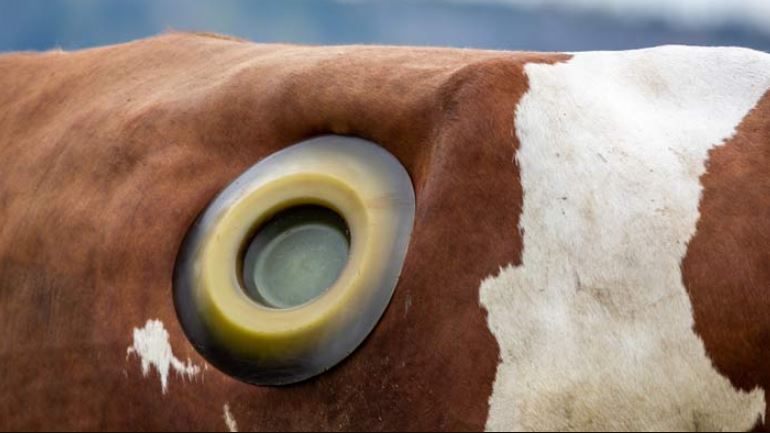
Cow portholes are surgically created openings in a cow’s side. They provide direct access to the stomach for research and observation. This practice is gaining attention as people begin to understand the precise purpose of these openings.
The function of cow stomach portholes
These portholes allow farmers and scientists to observe digestion processes in cows. Understanding how cows digest food is essential for several reasons:
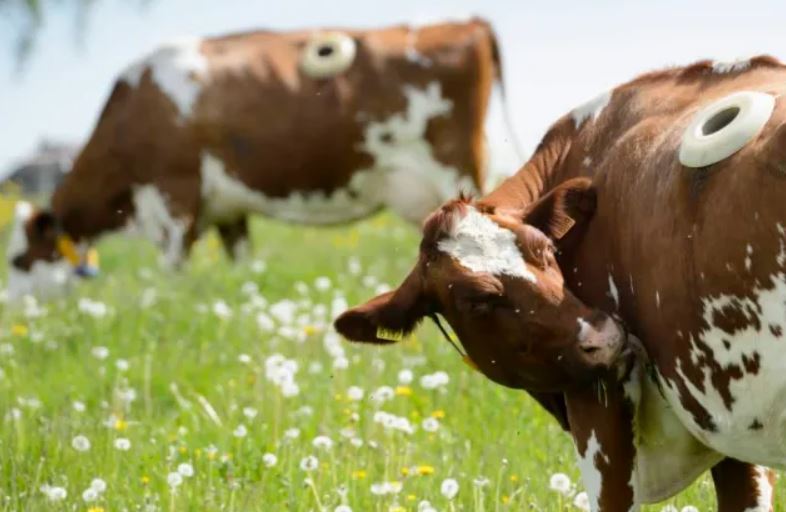
- Improving feed: Observing digestion helps develop better feed that enhances growth and milk production.
- Reducing emissions: Knowledge gained from these observations can help reduce harmful emissions like methane and nitrates.
- Health management: Portholes enable better management of cow health and welfare.
In recent years, awareness of cows’ stomachs has increased
Contrary to common misconceptions, studies indicate that cows fitted with portholes often live longer than those without. They can lead relatively normal lives despite having these openings.
While the initial surgery may cause some discomfort and risk, cows can live up to 12-15 years after recovery. The procedure aims to increase milk production and promote sustainable livestock farming practices.
Proper care before and after the surgery is crucial. Good management and hygiene can prevent infections and complications.

Farmers and researchers strive to use this technique responsibly to ensure the health and longevity of the cows involved.
Social media and educational programs are informing the public about the fascinating biology of cows.
A video showed cows’ stomachs with openings in their stomachs.
In the footage, Farmers in the USA and New Zealand opt to create these openings in their farm animals’ stomachs, which are covered with plastic.

Known as a fistula, this opening is surgically installed in the cow. The fistula allows farmers or veterinarians to access the cattle’s stomach directly, eliminating the need for repeated surgeries.
This access is useful for removing any unwanted material or for researchers studying the microbes involved in cattle digestion.
Additionally, they can insert their hands through the fistula to reach the stomach only with a simple glove.
People have diverse opinions about this practice.
One person said: This isn’t a new thing. In Food Inc. one of the cows had them, and that cow was in the USA.
A second wrote: Firstly learn why fistulating is done : it isn’t painful + it prevents them from bloating..
While a third commented: It’s used to study the ruminant stomach and digestion by university students.
Someone else said: It’s for medical emergencies; without treatment, cows would die.

Additionally, cows’ stomachs portholes serve an essential purpose in agricultural research and livestock management.
They allow for valuable insights into cow digestion, which helps improve feed and reduce environmental impact.
Understanding and responsibly using this technique is vital for the health of cows and the sustainability of farming practices.
